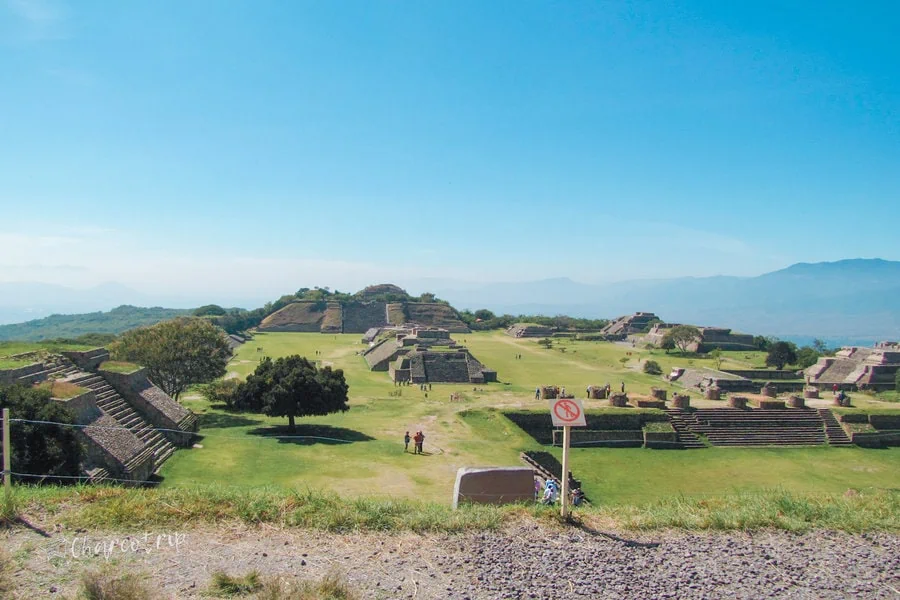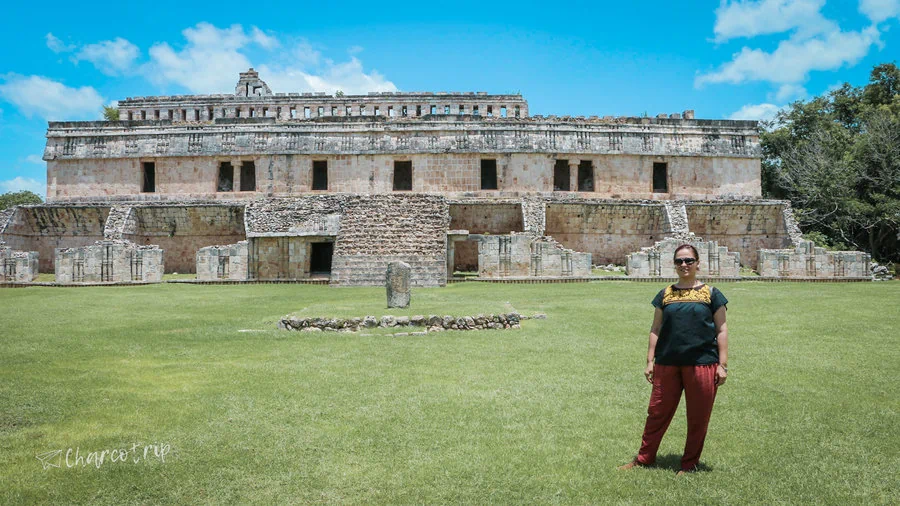We take you on a tour of the Roman Baths of Bath in England, which were part of the ancient city of Aquae Sulis.
The Roman Baths in Bath, England, are a well-preserved example of public baths from the Roman era. These baths were built around a natural hot spring, and the complex includes a temple dedicated to the goddess Minerva. Nowadays, they are a popular tourist attraction, and visitors can see the remains of the original baths, as well as take a dip in the modern-day pool. Come with us to visit this roman monument in England.
Welcome to Aquae Sulis, or rather Bath, as we know it today. We will start the day in this city, visiting one of its most emblematic monuments: the Roman baths.
Information for Visiting the Roman Baths in Bath
How much is it?
£20 during the week and £23 on the weekend, prices vary depending on the month (prices updated on 2022). If you buy the tickets online you can have a better price, but of course, this requires anticipation.
Which are the schedules?
The schedules change depending on the month:
- January – February: 9:30 AM – 5:00 PM
March 1 – April 18: 9:00 AM – 5:00 PM
April 19 – April 22: 9:00 AM – 7:00 PM
April 23 – June 20: 9:00 AM – 5:00 PM
June 21 – August 31: 9:00 AM – 9:00 PM
September – October: 9:00 AM – 5:00 PM
November – December: 9:30 AM – 5:00 PM
Can you take photos?
Yes.

The Roman Baths of Bath have been a UNESCO World Heritage Site since 1987.
Get your flight to UK at the best price

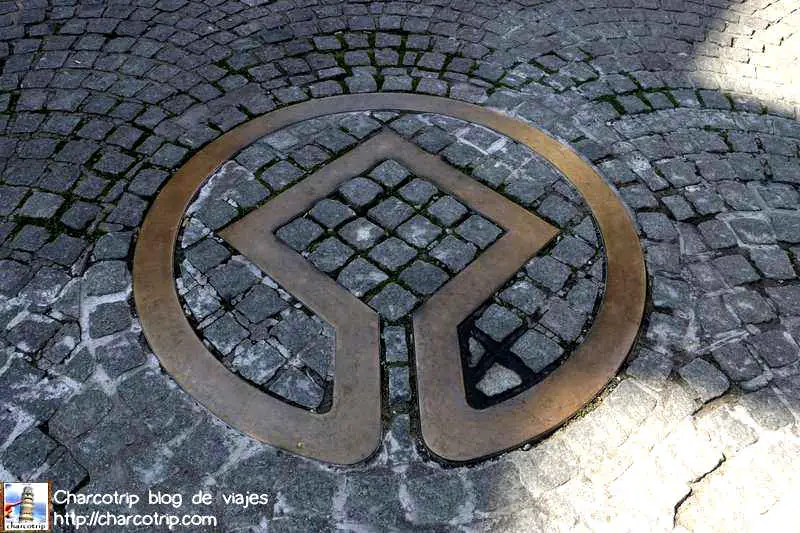
Our visit to the Roman Baths of Bath
In this monument, we are transported to the Roman Empire during the trip to England. Let’s see the tour:
The terrace
We had an audio guide, included with the ticket, that explained what we were seeing. Upon entering, the first place we find ourselves in is a terrace, from where you can see a large pool, and there are several statues of Roman characters around it. The terrace as we see it is not of origin, it was actually built in 1897. The statues were not of Roman origin either, it became even clearer when we saw the statue of Julius Caesar. Let’s say that he would have severely punished the director if he had seen it, he was not very favored.
The terrace in general was very pleasant to walk around and gave us an overall view of the main pool. A view that the Romans who visited this site would not have had, since it was roofed. Something that from there we could not help but observe, was that there were some people with Roman-style clothing. A success of the museum 😀 made us feel the “Roman vibe”.


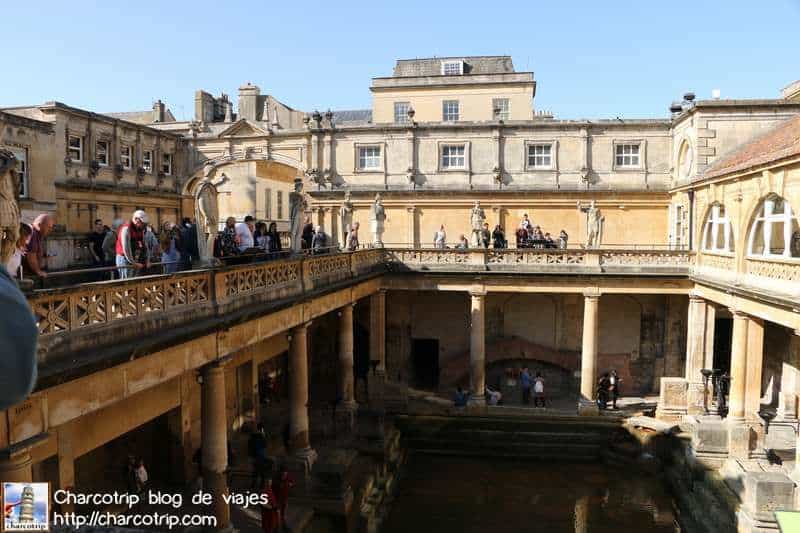
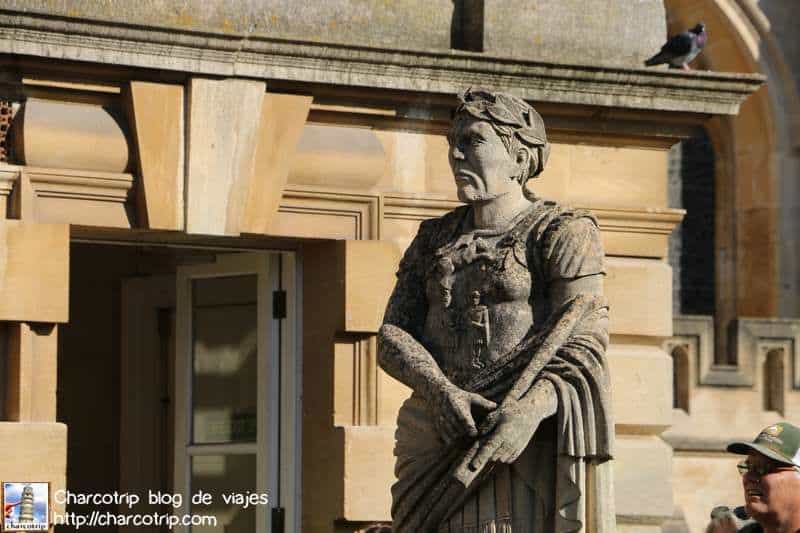


The museum
The main objective of the tour in the museum part was to put us in perspective. Who inhabited the city of Aquae Sulis (Roman name for Bath), the social strata, who came to the baths, what gods they believed in, all so that we would know who the inhabitants of that time were.
One of the first things we see is a model, this shows us what the site was like in its heyday. Everything was roofed.

The Gorgon
Formerly on the pediment of the temple, there was a huge Gorgon that from 15 meters high “observed” the people who approached the enclosure. In the museum they explain the theories that surround this figure. There is debate as to whether this relief represents a gorgon, since this creature is normally female. There are alternative interpretations that see the head as the representation of the god of the sea, Oceanus or as the god of the Sun of the Celts. It can also represent a male head submerged in hot springs.
They also show us how the head full of colors would have looked, by means of lights projected on the stone.
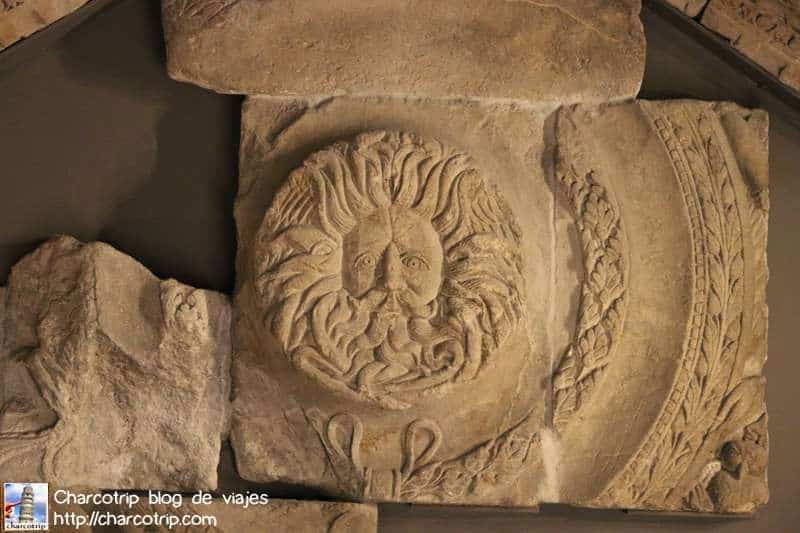
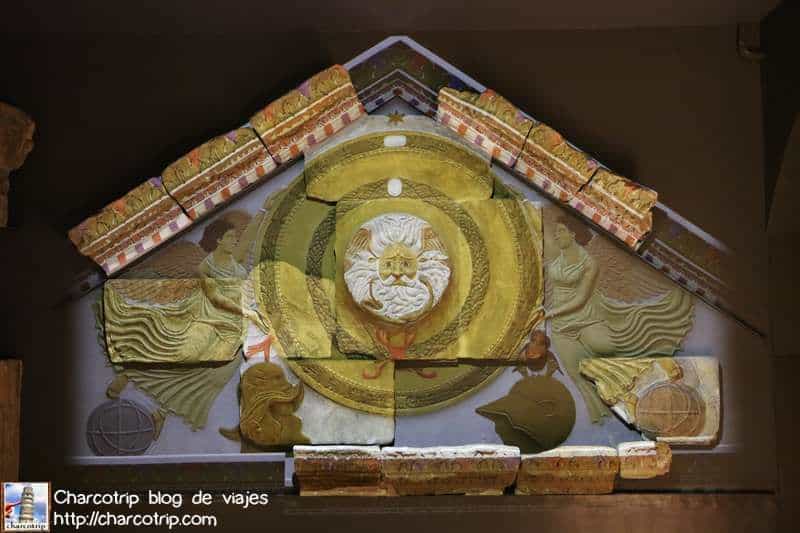
Who were the inhabitants of Aquae Sulis?
During the tour various characters of the city were represented. For example: clerics, servants, the wealthy. In one section of the museum we see a statue of a woman, the audio guide tells us that she was probably a rich woman, deduction made by the type of her hairstyle and the fact that they made a statue of her. Later we could see an animation of what this lady would have been like. Very interesting.
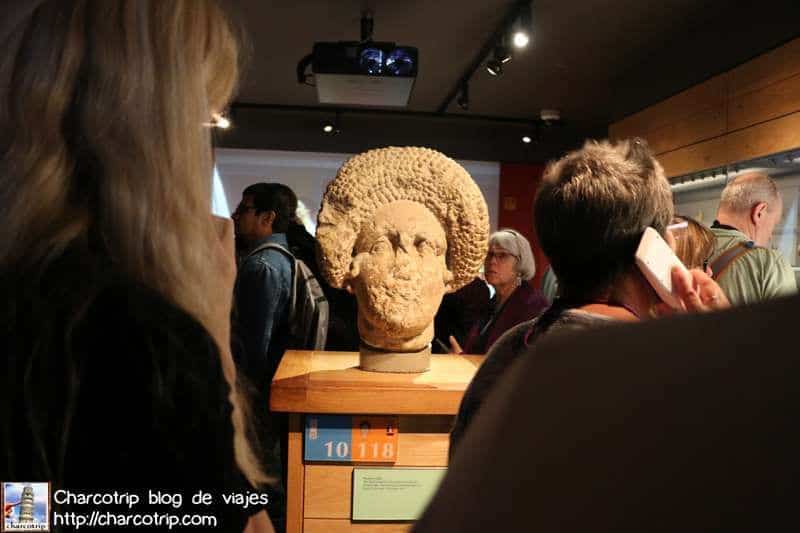

Sulis Minerva
We were able to see a bust that represented the goddess Sulis Minerva. Sulis comes from Celtic beliefs, and Minerva from Roman ones. To put us in perspective, the audio guide tells us that, if we had lived in those times, we would not have been able to see the bust in front of us. In fact, this privilege was, most likely, only for the clerics and, perhaps, the upper classes. Curious.

Some miraculous waters
The waters of Aquae Sulis were considered special, healing and spiritual powers were attributed to them. People came to the hot springs not only to relax, they really believed that the waters could cure their illnesses.
During the tour, we can see recreations of scenes of the people who used the services of the hot springs. For example, there is an area where people undressed and the interesting thing they tell us is that the Romans showed their status depending on how many servants they had. You can see some ladies who undress themselves, while another doesn’t move a finger and her maid does everything (obviously it’s a demonstration, the whole museum is totally familiar: P). There was another room where the body was “cleaned” and there again, the more servants the better. And so on, in all the phases of the baths.
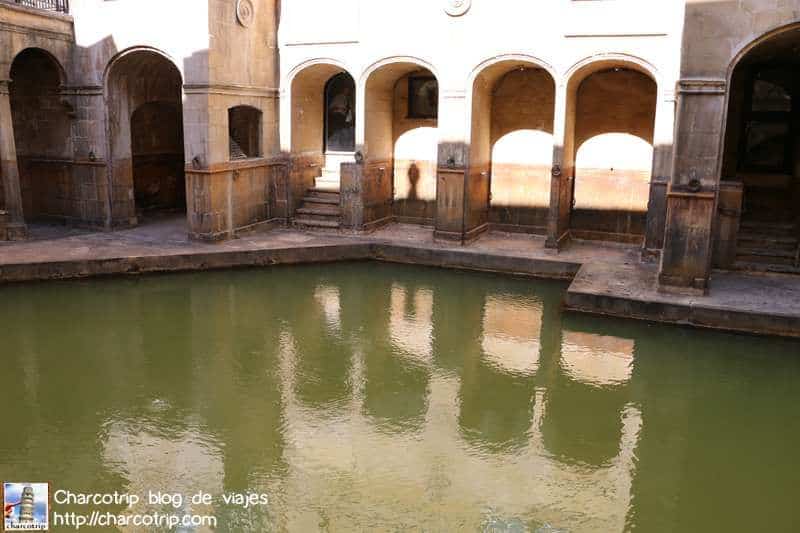
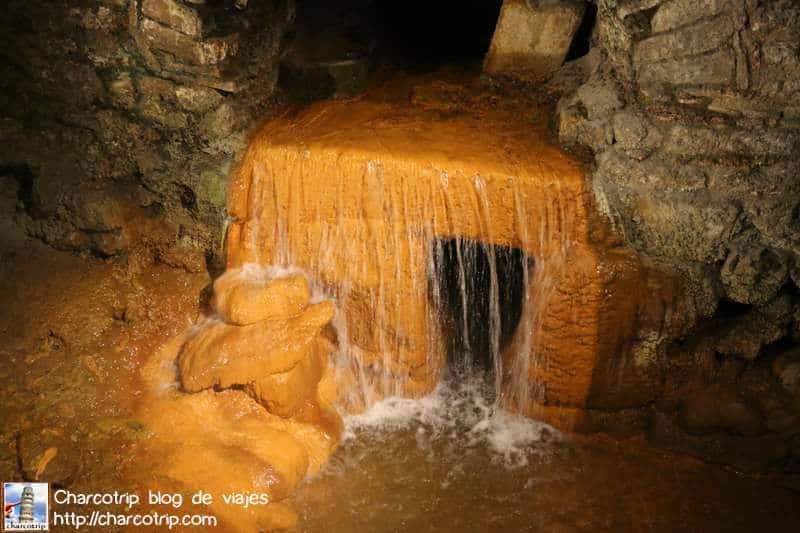
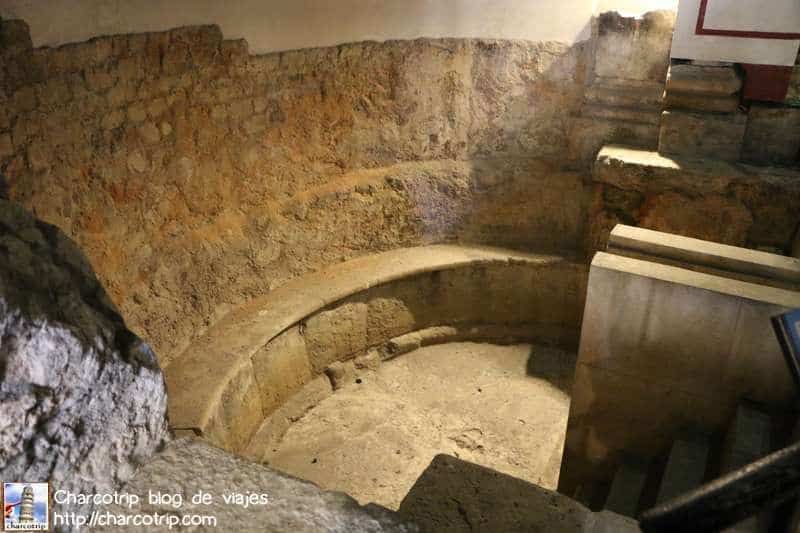
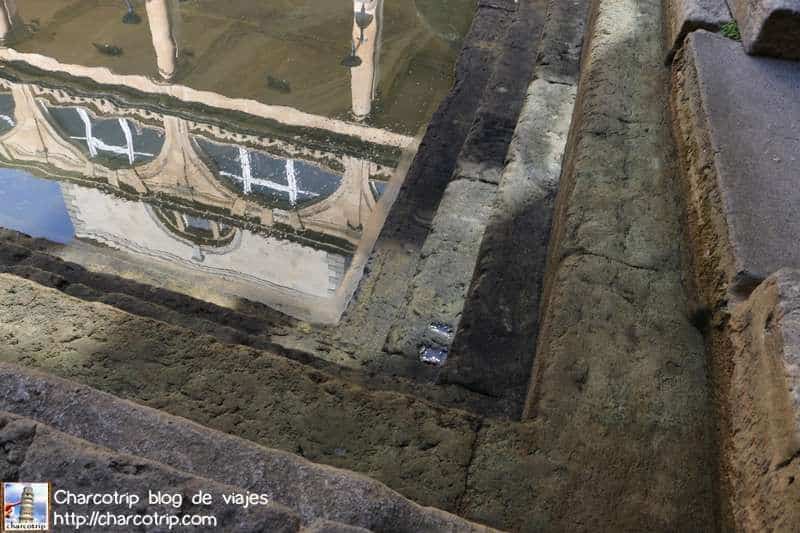
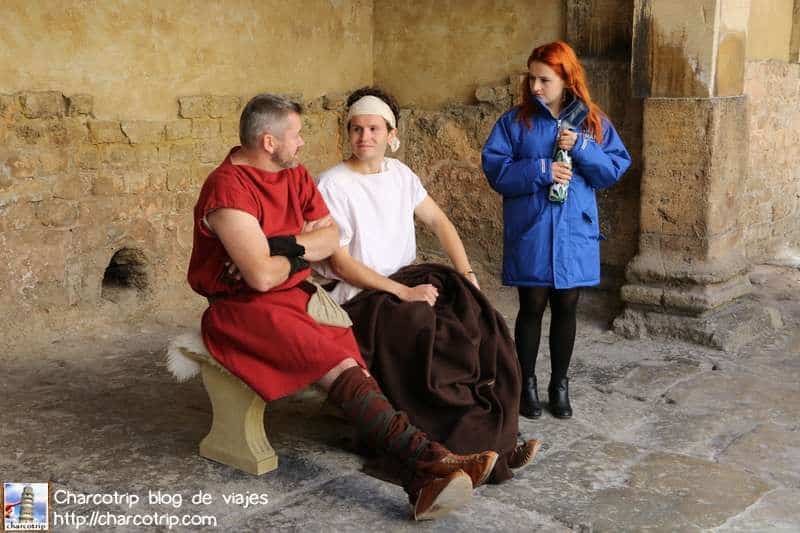
Warning: there is one thing you need to know, during the visit there are certain areas where many people gather, and it can become overwhelming. The advice is to take it easy. The other thing you can do is ask before the visit what are the least “peak” hours. We didn’t go on the weekend. Even with that, the visit was very instructive, and they fulfill the objective of showing us the monument and putting us in contact with the life of the Romans of that time.

After a few hours of visiting, and going through the museum shop, we headed to eat.
Some of the links in this article include affiliate links. This means that if you buy a product listed here by following these links, we'll receive a commission. The use of this link does not increase the final price for you and thus helps us to keep our blog alive.


